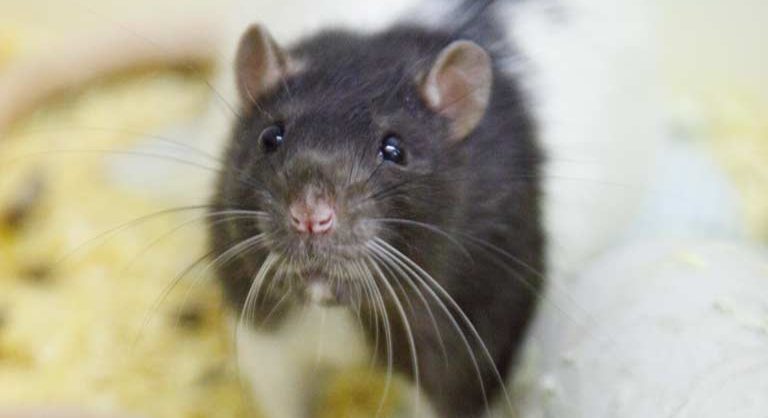Reducing severe suffering in animal research involves a series of steps which are outlined in our ‘Roadmap’. A key objective is to identify and reduce ‘cumulative suffering’ by reviewing both procedure-related and non-procedure-related experiences throughout an animal’s life. While refining the scientific procedure is crucial, it’s important to recognise that the procedures often last a short time in comparison to the other lifetime events an animal may experience. Therefore, maximum consideration should be given to how animals are handled, housed, and habituated, to minimise severity as much as possible. This is especially important in severe procedures, which have the greatest impact on animals.
On March 27, a team of Neuroscientists at the University of Bristol, led by Professor Emma Robinson, launched the 3Hs Initiative. The concept of the 3Hs is to focus on refinements to rodent Handling, Housing, and Habituation, increasing animals’ positive experiences while reducing cumulative suffering.
Housing
Housing mice and rats in ‘standard’ laboratory cages contributes to cumulative suffering as animals are restricted in movement, choice of social partners, and a lack of stimulating or complex enrichment – which leads to negative welfare states. Practical solutions include providing playpens and sensory stimuli which can be maintained alongside standard caging, supporting positive welfare while also meeting the scientific objectives.
Handling
Physical restraint is widely used and considered necessary for both husbandry and scientific procedures. But restraint is aversive and causes distress, leading to negative associations between the human handler and animal. The 3Hs resource provides training on how to reduce and avoid restraining animals during common procedures, including techniques such as modified handling which minimises restraint during injections.
Habituation
Habituating an animal to a procedure can play a key role in minimising levels of suffering. If animals are gradually habituated to a procedure and develop a positive association to it, restraint may no longer be necessary, greatly improving the experience of the animal. The 3Hs resource provides detailed instructions on refined habituation protocols, such as positive reinforcement using food rewards.
You can read more about the 3Hs approach, and download protocols and SOPs, here.
